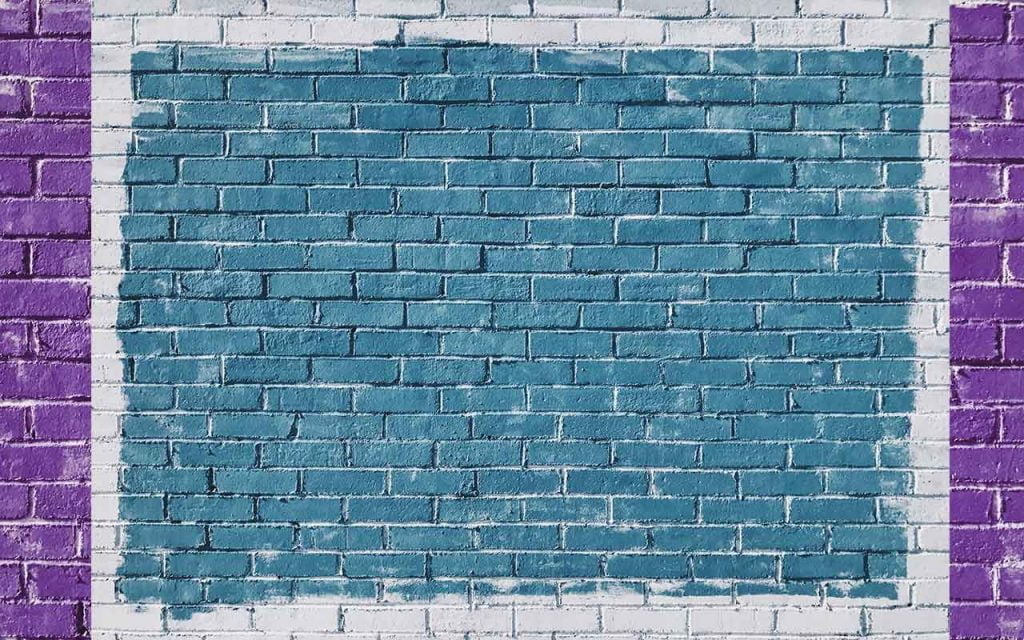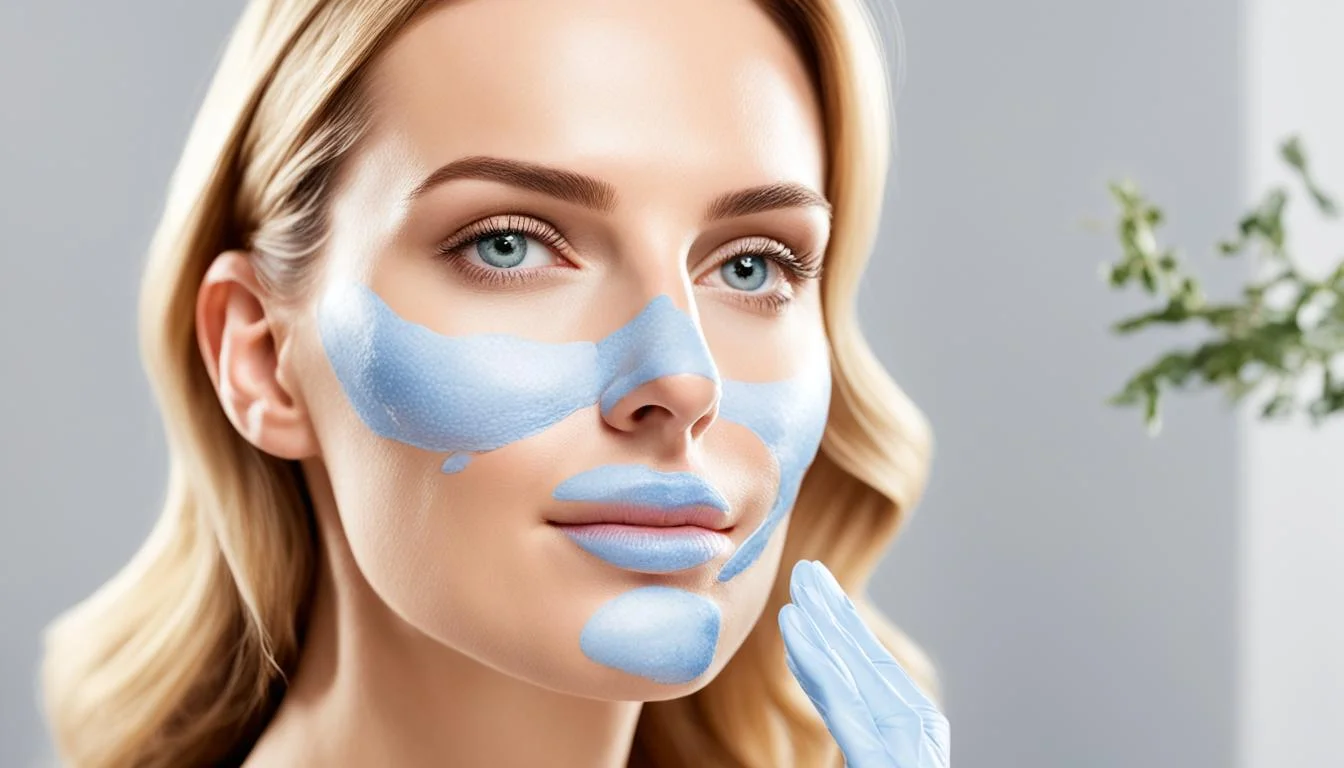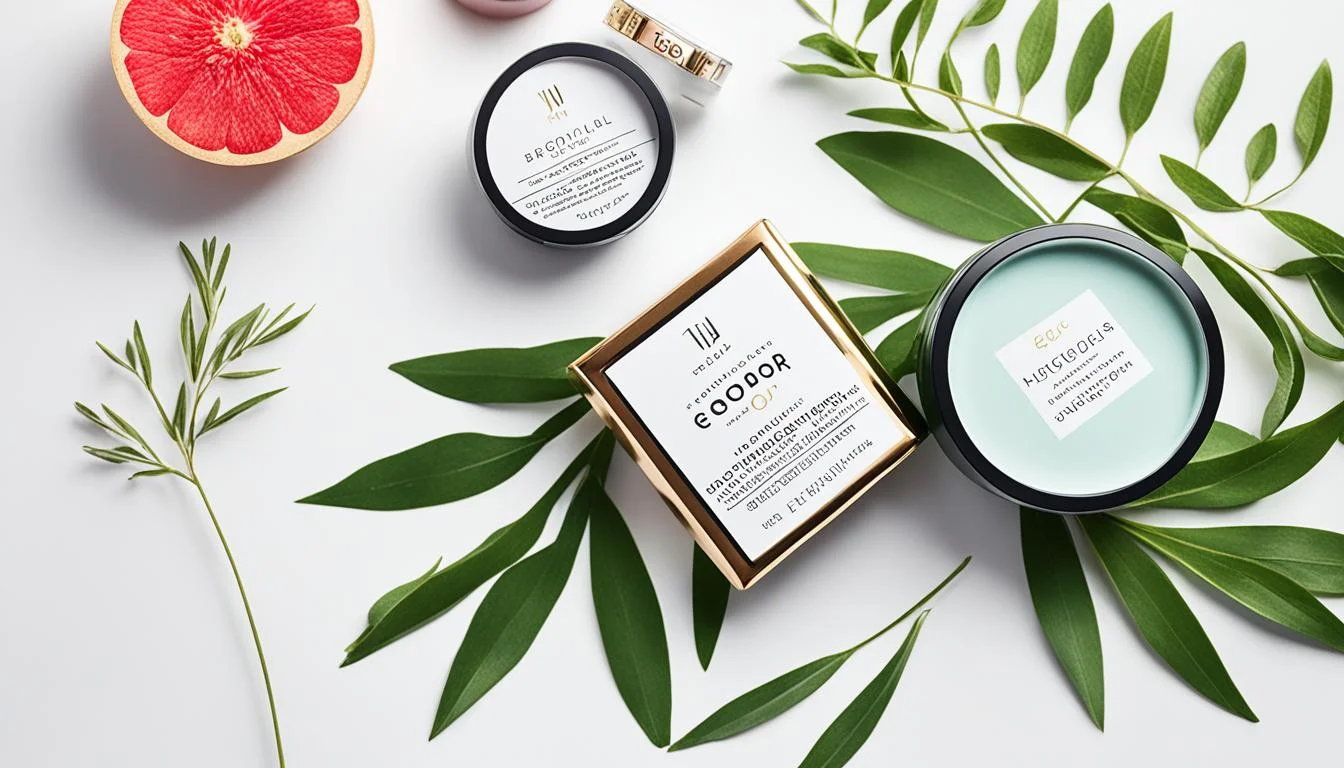
Colors — a powerful tool. Like sounds or scents, they affect our emotions, our physical and spiritual state. But which colors attract heat?
It is no surprise that we are always surrounded by different colors, but we do not even think about why we choose red clothes one day and blue clothes the next day.
The colors you choose to decorate your home reflect your taste, creativity and allow you to capture a particle in every room. In addition, the shades you choose can affect the well-being of you and your family.
The visual comfort of your home means much more than just an eye-catching environment.
Our visual environment has a great impact on our mindset, feelings, and actions – both directly and indirectly. The colors around us also affect our mood and health.

So it is important to choose wisely when preparing to decorate your home. Colors and their perception are subjective, and their excited feelings are personal and related to your experience.
Related: What Does Your Favorite Color Say About You? 11 Main Colors [Poster]
That is why it is important to consider what feelings are caused by one or another color rather than blindly following design trends.
So we suggest you read our recommendations before you start painting and decorating the rooms – so you can learn more about the emotional response to the usual colors.
Maybe our tips on what colors are best for one or another room will help you feel better between the walls of the four houses.
When the weather is warm, the streets are blurry – dark clothes disappear from the bodies of the people and most of them hang on bright lines. To some purpose. We are interested in which colors attract heat and which best reflect that we do not overheat in the summer.
What is color? Which colors attract heat the most?
However strange, the color is the feeling that man and other animals have, but not all the same and the same color is the property of objects.
The source of color is light. Without it, the world would be equally colorless or more black. Color is determined by two parameters – the length and frequency of the electromagnetic wave.
As the wavelength changes, one color goes unobtrusively into one color and we do not find the exact boundary between one and the other color – which goes unnoticed from one color to another.
In order for us to see something, we need the object or entity to emit 380-780 nm electromagnetic waves.
And in order to see in color and those objects that do not illuminate, the materials must have the ability to reflect and/or omit the electromagnetic waves of any length of the visible range.
Color temperatures in psychology
Colors have been found to affect human well-being. For example, a bluish color causes a feeling of frost – so, if you want to deceive the senses, paint the premises that are inflated in such a color. The same temperature in the yellow room may be too warm.
Because of these human reactions to color, light treatment is common – it is used to treat many diseases, from youthful acne and other skin diseases to mood disorders, wounds, and tumors.
Light is also used to treat depression, and elderly people, light therapy is effective in treating chronic joint pains.
Light interacts with color – part of the light energy is reflected in the process, part is absorbed or otherwise passed to the surface.
The color of the surface depends on what part of the light will be absorbed and what is reflected. White has a whole spectrum of light within it, so it reflects the whole light.
If the surface color is other than white, it means that it absorbs some light waves of energy. For example, a surface that is red absorbs yellow, green, blue and purple, but reflects red.
The surface that is green absorbs all colors except green. White is a combination of all colors, so it reflects all colors. Meanwhile, the black color is the least reflective color – the black coated surface absorbs the entire spectrum of light.
Against this background, dark cars are very fast swallowed, it is also advisable not to wear dark caps or scarves on their heads – they will not protect against heat.
The question of the mirror is interesting – did you think it was color? Usually the mirror is silver, but in fact, it is the color of the object.
The perfect mirror reflects the whole light, so it should be no color. Unfortunately, there are no perfect mirrors, so a part of the light spectrum is absorbed by the mirror, so it is the color that is reflected in the object.






